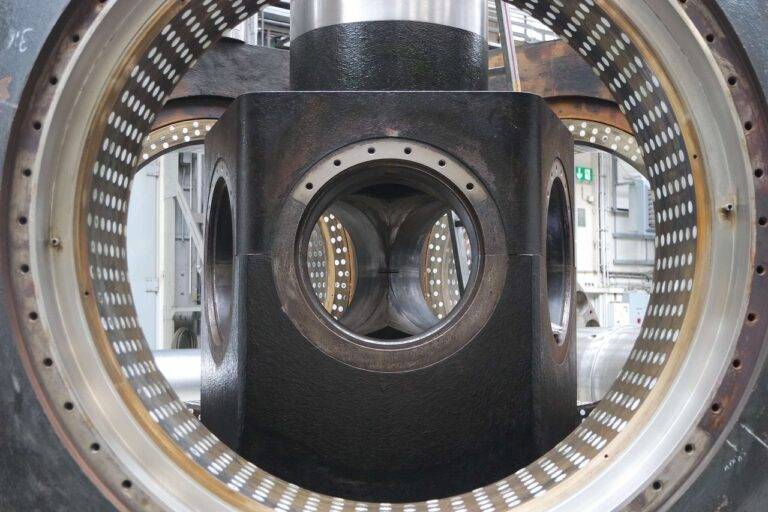Sustainable Energy Solutions: Harnessing Solar and Wind Power
Solar energy is considered a renewable resource because it is derived from the sun, which is an abundant and everlasting source of power. As long as the sun continues to shine, we can harness its energy to generate electricity and heat for various applications. Unlike finite resources such as fossil fuels, solar energy is sustainable and eco-friendly, making it a key component of a greener future.
By utilizing solar energy, we can reduce our dependence on non-renewable energy sources, which not only helps to mitigate climate change but also promotes energy security. Investing in solar power infrastructure allows us to diversify our energy mix and create a more resilient and sustainable energy system for generations to come. In addition, the widespread adoption of solar energy contributes to the creation of green jobs and stimulates economic growth in the renewable energy sector.
The Benefits of Solar Power
Among the advantages of solar power is its contribution to reducing greenhouse gas emissions, which are a major factor in climate change. By harnessing energy from the sun, solar power systems produce electricity without emitting harmful pollutants into the atmosphere, making them a cleaner and more sustainable alternative to fossil fuels.
Additionally, solar power offers financial benefits to homeowners and businesses. By installing solar panels, individuals can significantly lower their electricity bills or even generate income by selling excess energy back to the grid. Over time, the cost savings from using solar energy can offset the initial investment, making it a cost-effective option in the long run.
How Solar Panels Work
Solar panels work by harnessing the power of the sun through the photovoltaic effect. When sunlight hits the solar panels, the photovoltaic cells inside them absorb the photons from the sunlight. This absorption process generates an electric current, creating a flow of electricity.
The electricity generated by the solar panels is in the form of direct current (DC) which is then converted into alternating current (AC) by an inverter. This AC electricity can then be used to power homes, businesses, and even entire communities. Solar panels are an environmentally friendly and sustainable way to generate electricity, reducing the reliance on fossil fuels and lowering carbon emissions.
• Solar panels harness the power of the sun through the photovoltaic effect
• Photovoltaic cells absorb photons from sunlight
• Absorption process generates electric current, creating electricity
• Electricity generated is in form of direct current (DC)
• DC converted into alternating current (AC) by an inverter
• AC electricity can be used to power homes, businesses, and communities
What is solar energy?
Solar energy is a renewable resource that is generated from the sun’s rays. It can be converted into electricity using solar panels.
What are the benefits of solar power?
Some benefits of solar power include lower electricity bills, reduced carbon footprint, and energy independence.
How do solar panels work?
Solar panels work by converting sunlight into electricity through a process called the photovoltaic effect. This involves the use of silicon cells to create an electric current when exposed to sunlight.





